November 03, 2022
Guru Nanak Jayanti 2024 – History, Significance, and Celebrations
CM Content Team

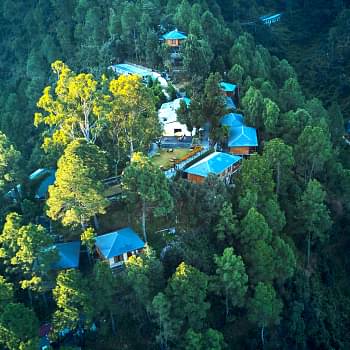
View all
140+
Resorts
November 03, 2022
CM Content Team
As the lunar calendar brings us closer to the auspicious celebration of Guru Nanak Jayanti, or Gurupurab, hearts fill with devotion and minds reflect upon the teachings of Sikhism's revered founder, Guru Nanak Dev Ji. This sacred day is not just a religious observance but a tapestry of cultural ethos, where the air resonates with hymns and the spirit of oneness. The celebration of Guru Nanak Jayanti transcends beyond the gilded walls of gurdwaras, spilling into the lives of millions around the world, reminding us of the timeless virtues of compassion, unity, and equality.
Gurupurab is a journey back to the roots of Sikh philosophy, an opportunity to embody the profound messages of one of history's greatest spiritual leaders.
According to Sikh literature, the festival occurs on the full moon day of the Indian lunar month, Kartik. The festival, also called Gurupurab, is celebrated with utmost zeal and enthusiasm by Sikhs worldwide. This year, in 2024, Guru Nanak Jayanti will occur on 27th November.
Let’s delve into the essence of this holy occasion and discover the profound impact of Guru Nanak's legacy.
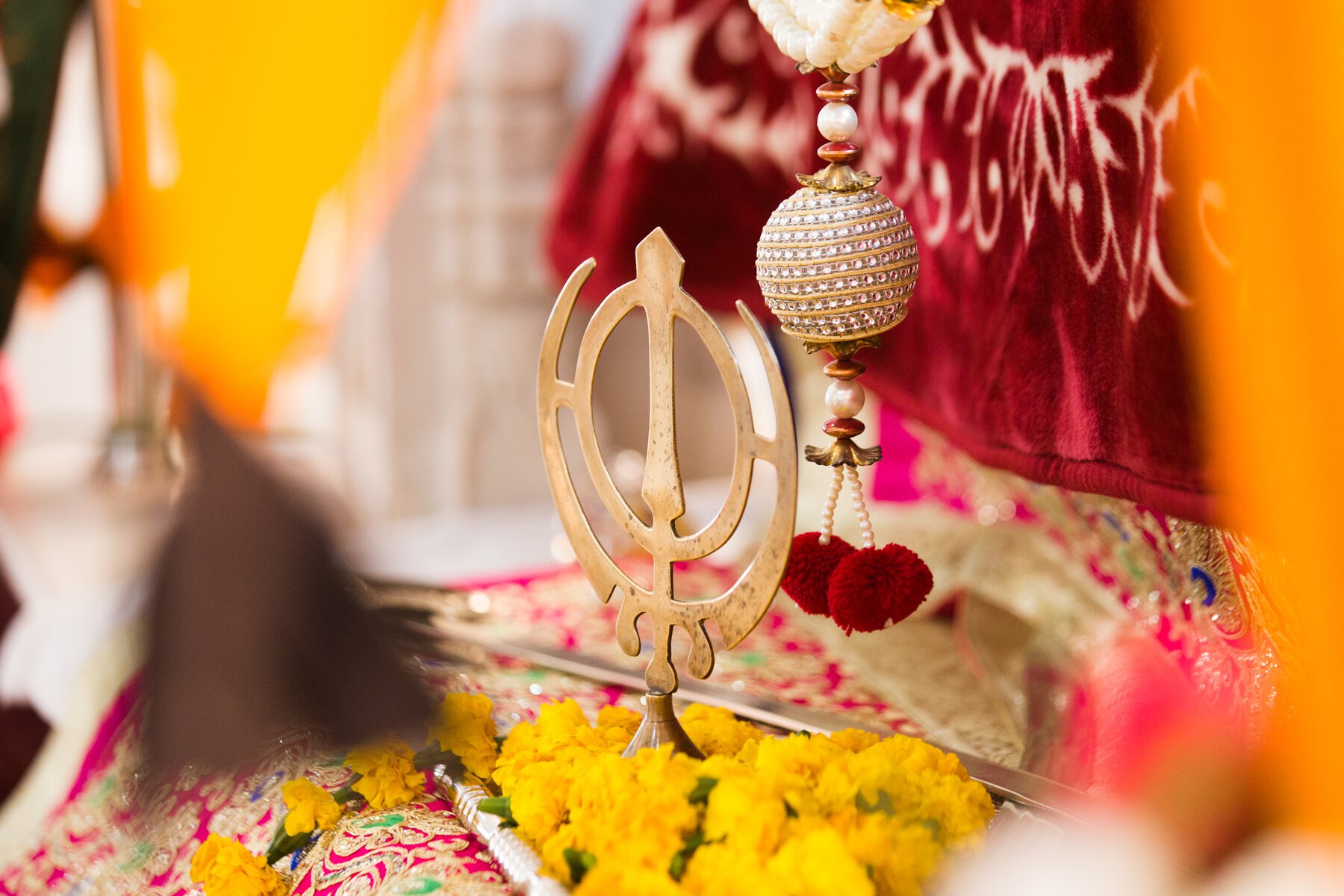
Although there is no official record of the festival's origin, people from Sikh communities believe that the custom of celebrating the festival is as old as Sikhism. Sikhs worldwide celebrate the birthday of all their ten gurus, or Gurupurabs, as they call them, but Guru Nanak's birthday holds a special place for them.
Guru Nanak was born in 1469 in a small village near present-day Lahore called Talwandi. During his life, the great guru travelled extensively to spread the message of love and peace. He also believed and taught people that all individuals could connect with God through prayers.
To spread his message, he started writing Guru Granth Sahib and wrote 974 hymns in it. The Sikhs worldwide consider Guru Granth Sahib sacred, and it is regarded as the central holy religious scripture of Sikhism and the final, sovereign, and eternal Guru.
The verses in the holy book propagate the idea that the creator of the universe is one. Guru Granth Sahib also spread the message of selfless service to humanity and social justice for all, irrespective of their caste, creed, and sex.
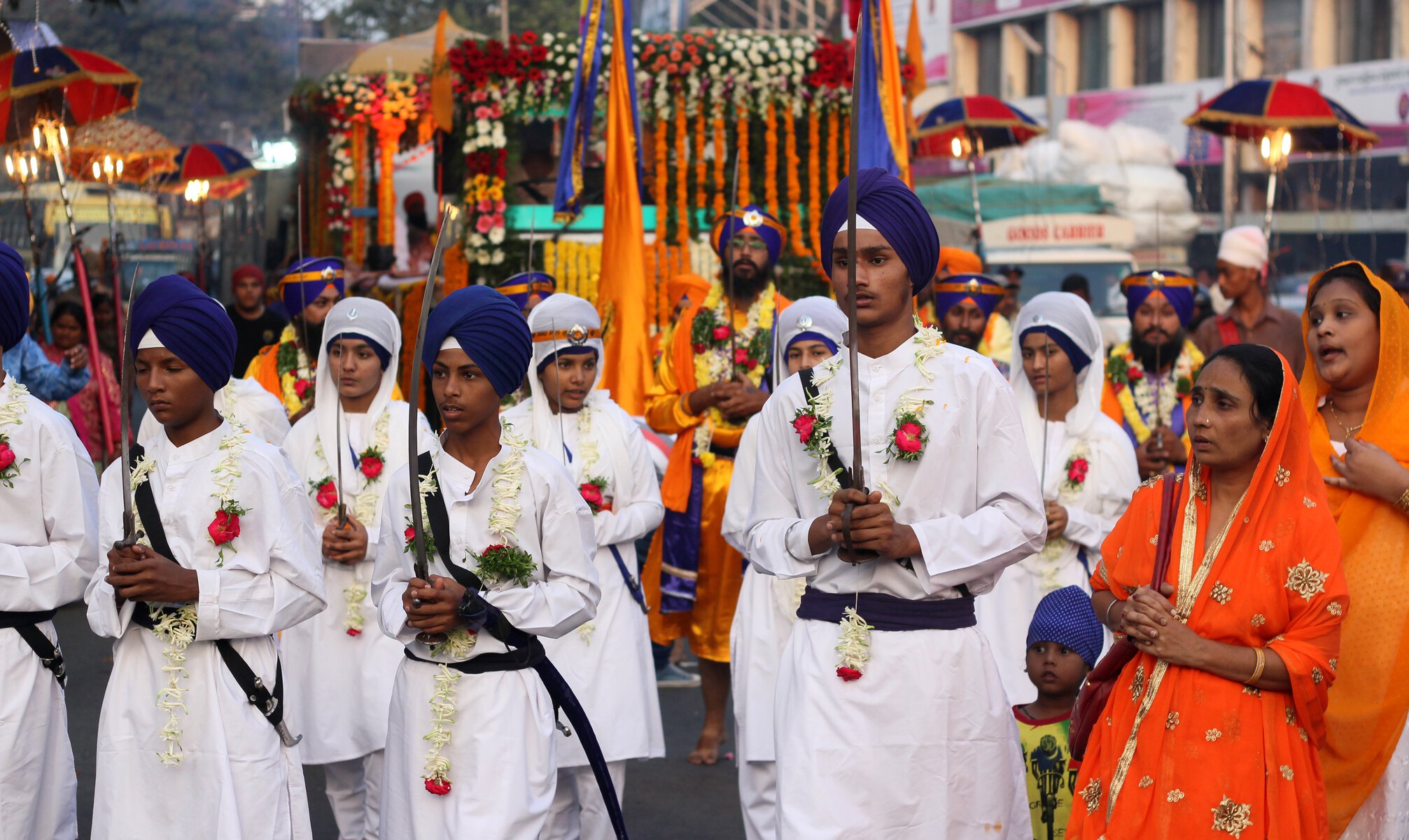
Guru Nanak Jayanti or Guru Parv celebrations start two days before the actual day of the festival. Two days before Guru Nanak's birthday, Gurdwaras, the place of worship for the Sikhs, hold 'Akhand Path,' which is essentially a 48-hour non-stop reading of the Guru Granth Sahib.
On the penultimate day, people take out a procession known as 'Nagarkirtan,' which is led by Panj Pyaras, or the five beloved ones. They lead the procession and carry the Sikh flag known as Nishan Sahib and a Palanquin (Palki) of Guru Granth Sahib.
A team of singers follows the Panj Pyaras, who chant the hymns from the holy book, and the devotees sing with them in chorus. A brass band following the procession plays different tunes, and a 'Gatka' team displays their swordsmanship using traditional weapons.
On the festival day, the celebrations commence with 'Prabhat Pheri,' an early morning procession that begins at the Gurudwara and goes through the localities singing hymns and verses from the holy book, spreading the message of Guru Nanak Ji.
People from Sikh communities decorate their homes and have family gatherings. Many Sikh and Hindu families visit the Golden Temple in Amritsar on this day to offer their prayers at the holy shrine.
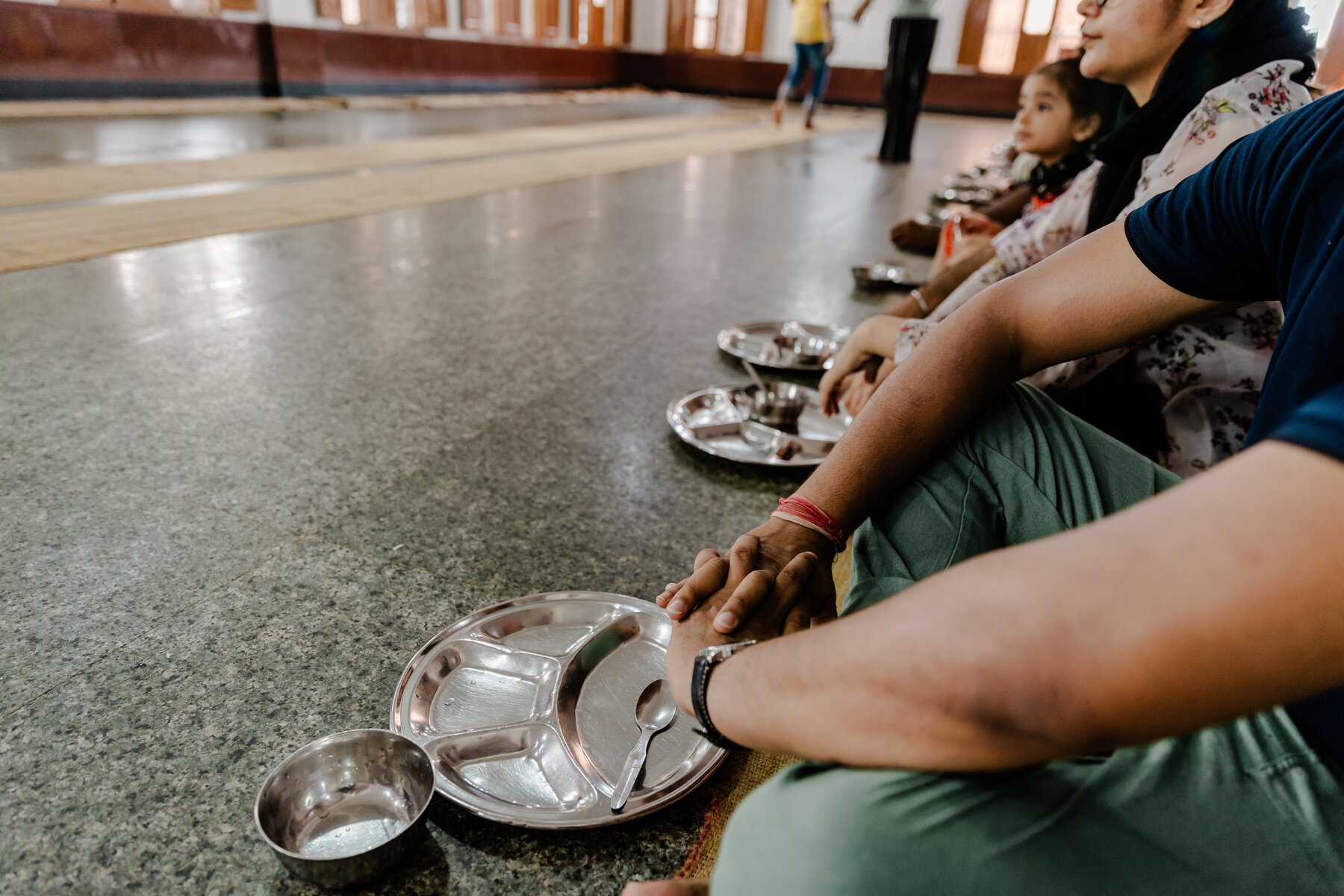
The Persian word Langar literally translates to 'alms house.' It is a place for the poor and the needy. In Sikhism, Langar is associated with the 'community kitchen.' The main idea of Langar is to feed the hungry and anyone in need.
It is believed that when Guru Nanak was 12-year-old, he used the money his father gave him to buy food for the locals who had been hungry for many days. To honour this noble act of service by the great spiritual guru, on Guru Nanak Jayanti, many Sikh families voluntarily organise Langars at the Gurudwara and feed the hungry and needy after the procession.
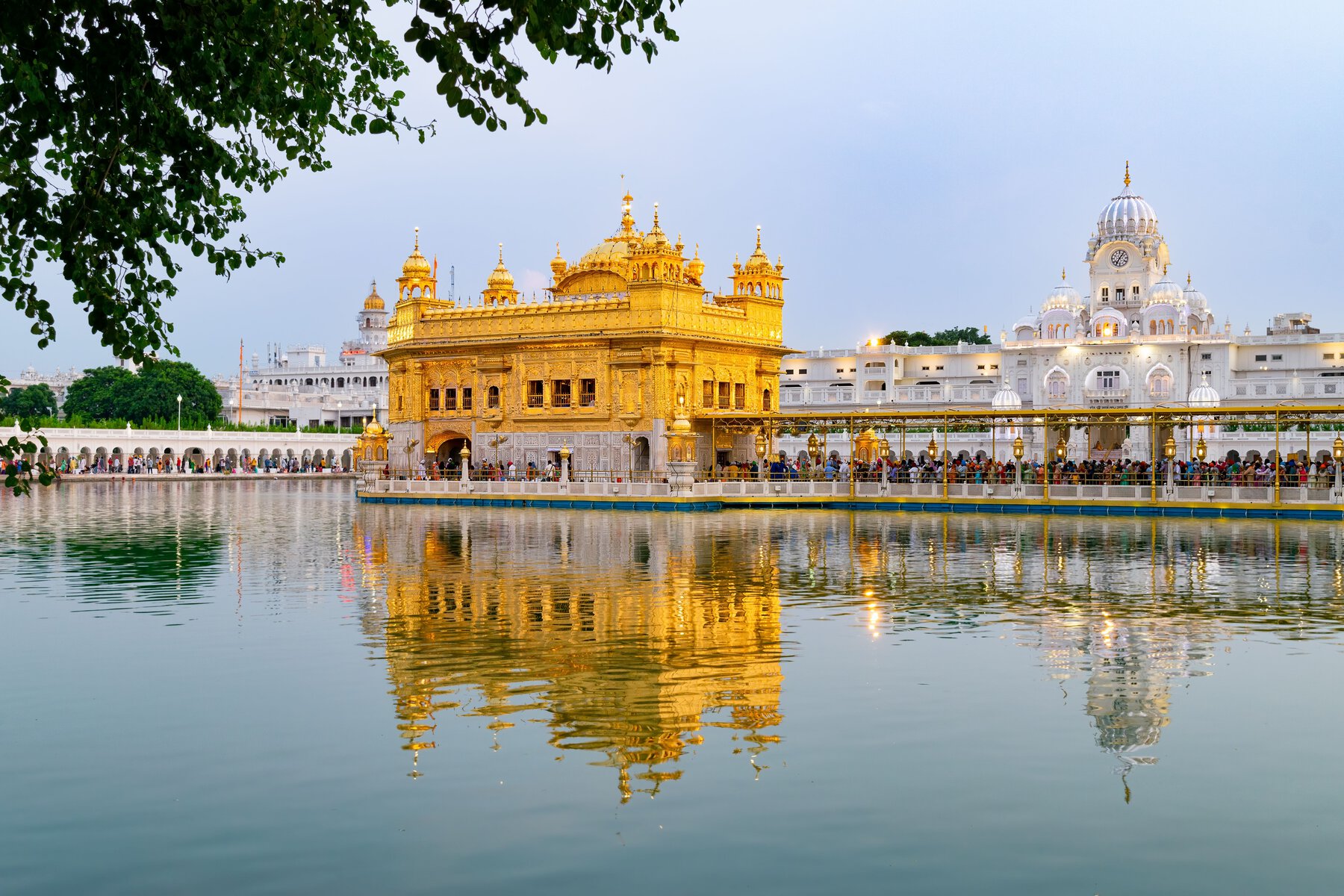
Undoubtedly, the most famous Gurudwara in India, Gurudwara Harmandir Sahib, better known as 'The Golden Temple’ is the holiest site for the Sikhs. Located in Amritsar, the upper floors of the shrine are covered in gold sheets. The Gurudwara has four doors, signifying that the Sikh religion accepts people from all walks of life.
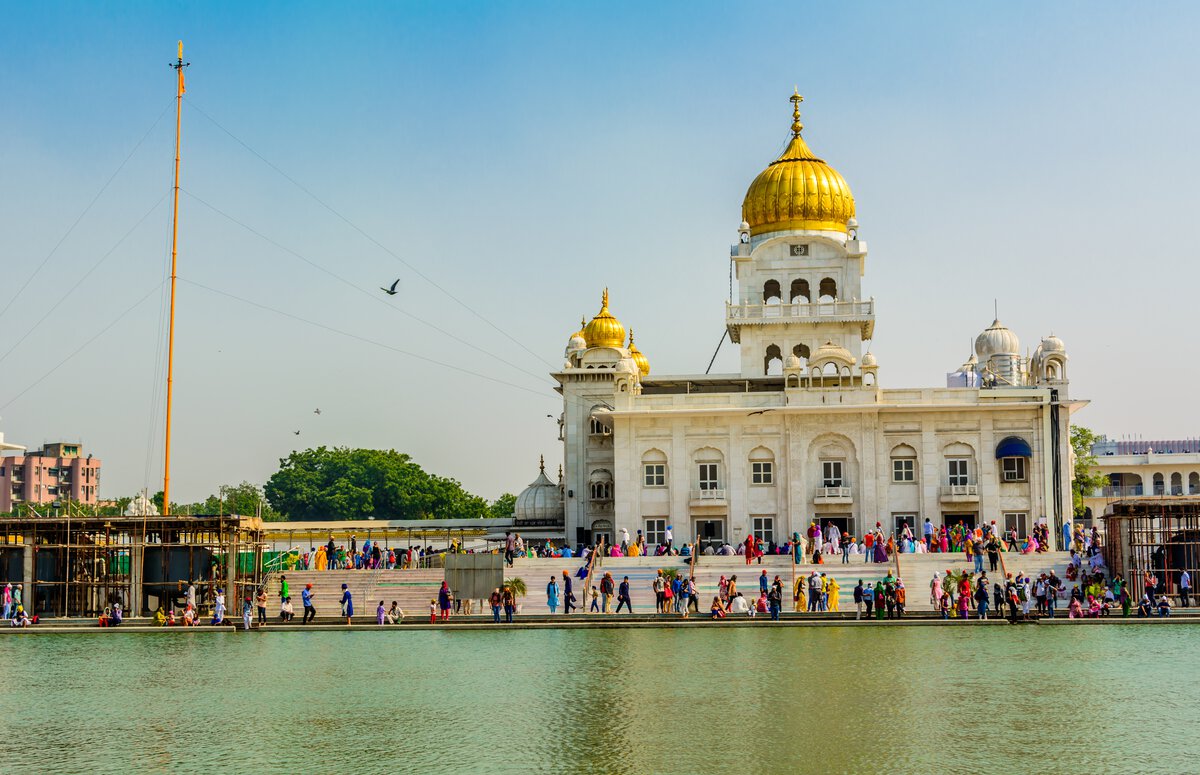
Located in the heart of Delhi, Gurudwara Bangla Sahib was built between the 17th to 18th centuries. The eighth Sikh Guru Har Krishan stayed here for some time, and this Gurudwara was constructed to commemorate him.
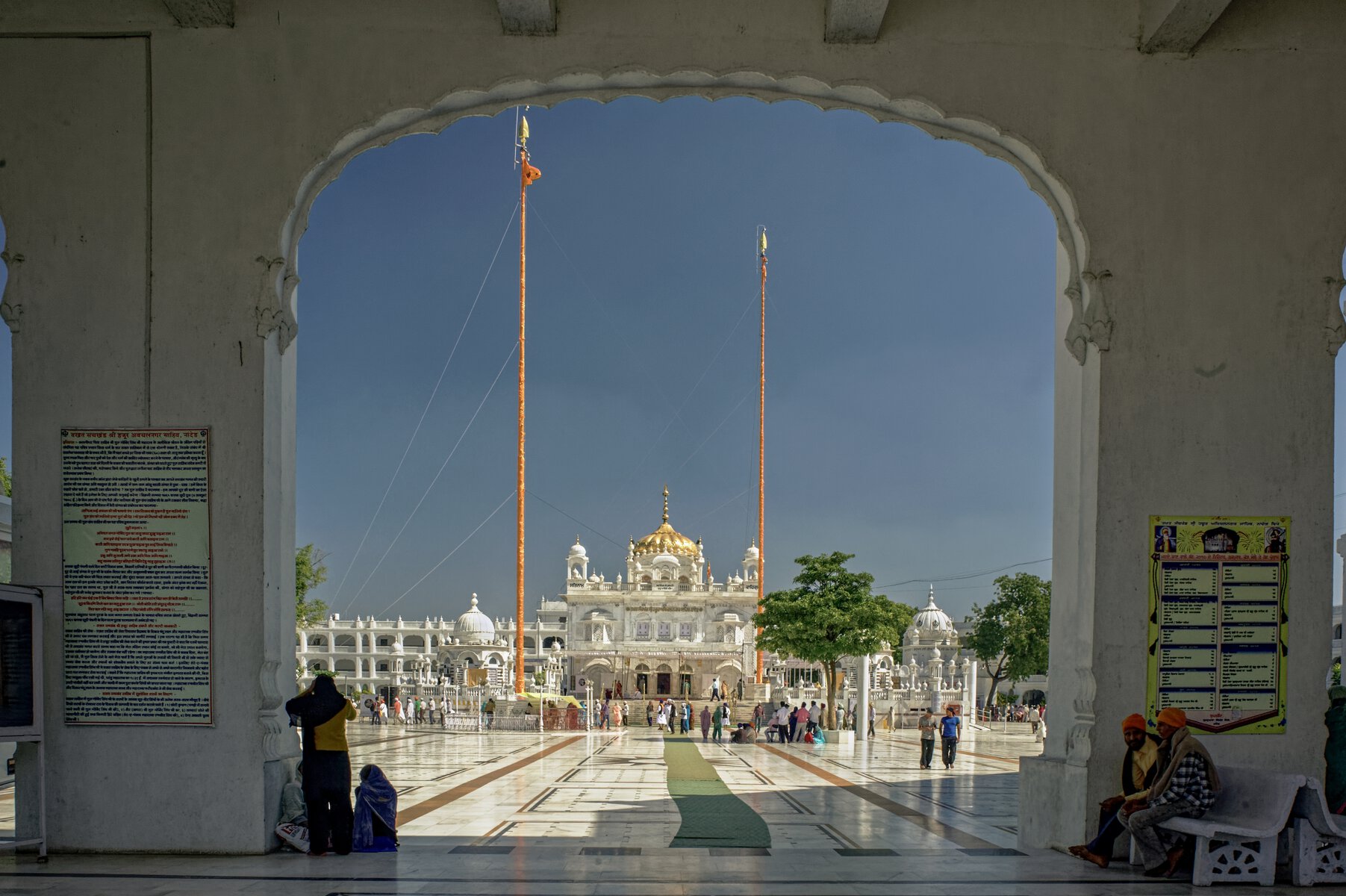
Located in Nanded, Maharashtra, Takhat Sachkhand Shri Hazur Abchalnagar Sahib Gurudwara is one of the most beautiful Gurudwaras in India. This Gurudwara was built in 1832 by Maharaja Ranjit Singh in memory of Guru Gobind Singh Ji as he took his last breath here.
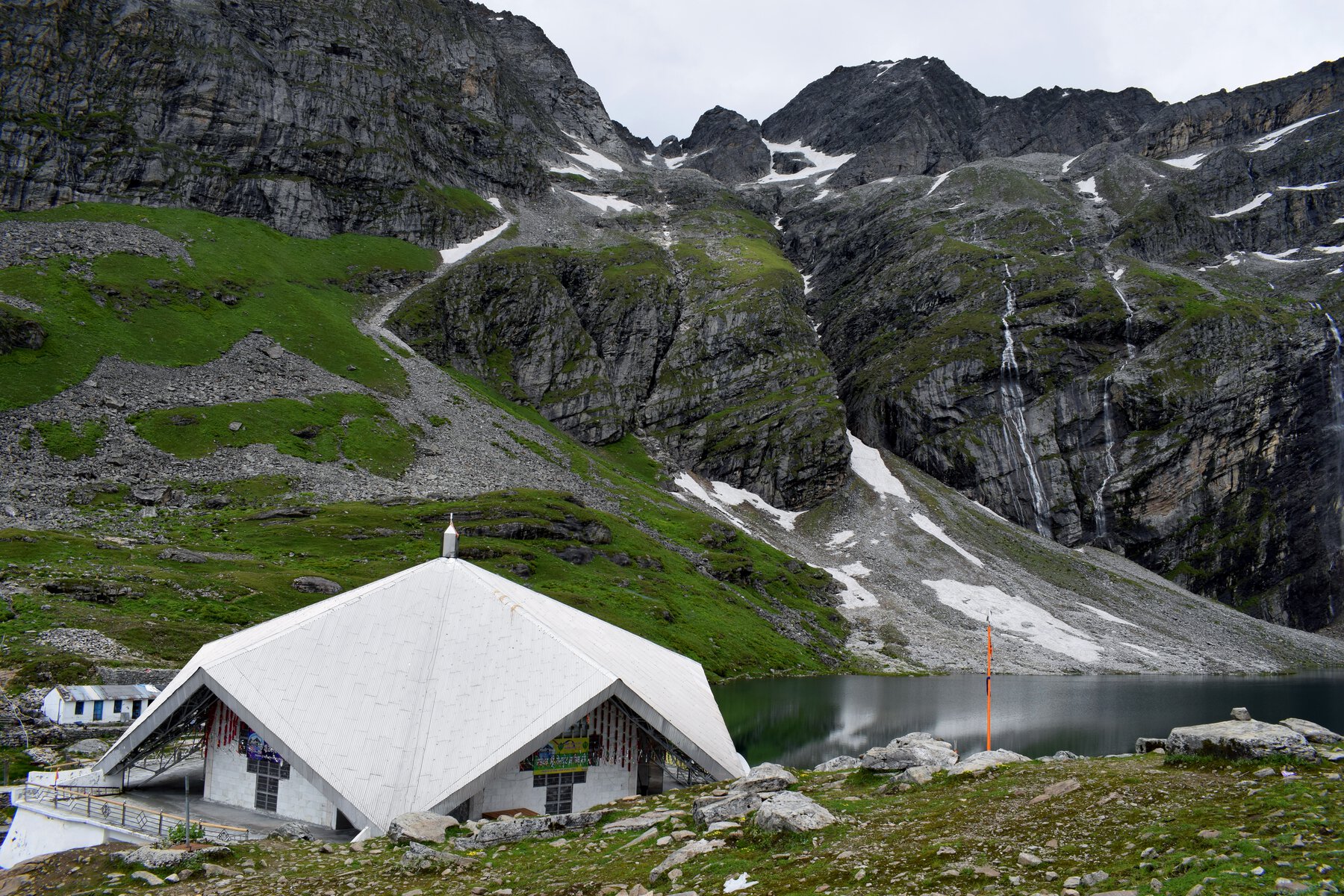
Dedicated to the tenth Sikh Guru, Guru Gobind Sahib, this beautiful Gurudwara is located at about 4000 metres above sea level and is nestled amidst the snow-clad mountains in the Chamoli district Uttarakhand. The picturesque setting around the Gurudwara and the undeniable peaceful vibe inside the premises redefines spirituality.
If you are planning a family holiday to Uttarakhand, you can book your stay at any of the resorts in Uttarakhand hosted by Club Mahindra, such as Club Mahindra Mussoorie and Club Mahindra Kanatal resorts. These premium resorts would be a perfect base for you to explore the local sights and have a memorable holiday.
The importance of Gurpurab cannot be overstated; it's a time when we not only celebrate the birth of a divine soul but also reflect upon the eternal messages of peace, equality, and unity that he left behind. Understanding the significance of this day inspires us to rise above petty divisions and embrace the universal brotherhood that Guru Nanak championed.
The information and reflections shared during Guru Nanak Gurpurab serve as a beacon of light, guiding us towards leading a life of compassion, humility, and service to humanity. As we conclude our journey through the celebrations of Guru Nanak Jayanti, let us carry forward the spirit of Gurpurab beyond this day, imbibing his teachings into our daily lives, illuminating the path towards a more inclusive and kind-hearted world.
Mahindra Holidays & Resorts India Ltd. (MHRIL), a part of Leisure and Hospitality sector of the Mahindra Group, offers quality family holidays primarily through vacation ownership memberships and brings to the industry values such as reliability, trust and customer satisfaction. Started in 1996, the company's flagship brand ‘Club Mahindra’, today has over 300,000 members , who can holiday at 140+ resorts in India and abroad.
We use cookies to personalise content and to provide you with an improved user experience.By Continuing to browse this site you consent to the use of cookies.Please visit our cookie policy for further details.

Welcome to ClubMahindra.com In order to provide a personalised experience for you, we use cookies to enable some website functionality. Cookies help us see which articles most interest you; allow you to easily share articles on social media channels; permit us to deliver content personalised to your interests and locations; along with many other site benefits. For more information, please review our Cookie Policy
When you visit any website, it may store or retrieve information on your browser, mostly in the form of cookies. This information might be about you, your preferences or your device and is mostly used to make the site work as you expect it to. The information does not usually directly identify you, but it can give you a more personalized web experience. Because we respect your right to privacy, you can choose not to allow some types of cookies. Click on the different category headings to find out more and change our default settings. However, blocking some types of cookies may impact your experience of the site and the services we are able to offer.
Because we respect your right to privacy, you can choose not to allow some types of cookies and you have the right to withdraw your consent by send a mail to email id [email protected]
These cookies are essential in order to enable you to move around the site and use its features, such as accessing secure areas of the site. Without these cookies, services you have asked for cannot be provided.
These cookies allow us to employ data analytics so we can measure and improve the performance of our site and provide more relevant content to you. These cookies don't collect information that identifies a visitor down to an individual level that is available to us. These cookies are not passing personally identifiable information to any external third party other than in limited cases when we engage a service provider to act on our behalf but who is then unable to use the data for their own purposes.
Performance cookies are generally third-party cookies from vendors we work with or who work on our behalf that collect information about your visit and use of the Club Mahindra website, for instance which pages you visit the most often, and if you get error messages from web pages. These cookies don't collect information that identifies a visitor. All information these cookies collect is anonymous and is only used to improve your overall experience on how the website works. Third party vendors may have access to this data and may use it to improve their overall services and offerings.
Functionality cookies allow a site to remember choices you make (such as your user name, language or the region you are in) and provide more enhanced, personal features. These cookies cannot track your browsing activity on other websites. They don't gather any information about you that could be used for advertising or remembering where you've been on the Internet outside our site.
Third-party advertising and social media cookies are used to (1) deliver advertisements more relevant to you and your interests; (2) limit the number of times you see an advertisement; (3) help measure the effectiveness of the advertising campaign; and (4) understand people's behaviour after they view an advertisement. They are usually placed on behalf of advertising networks with the site operator's permission. They remember that you have visited a site and quite often they will be linked to site functionality provided by the other organization. This may impact the content and messages you see on other websites you visit. If you do not allow these cookies you may not be able to use or see certain these sharing tools content on our website.